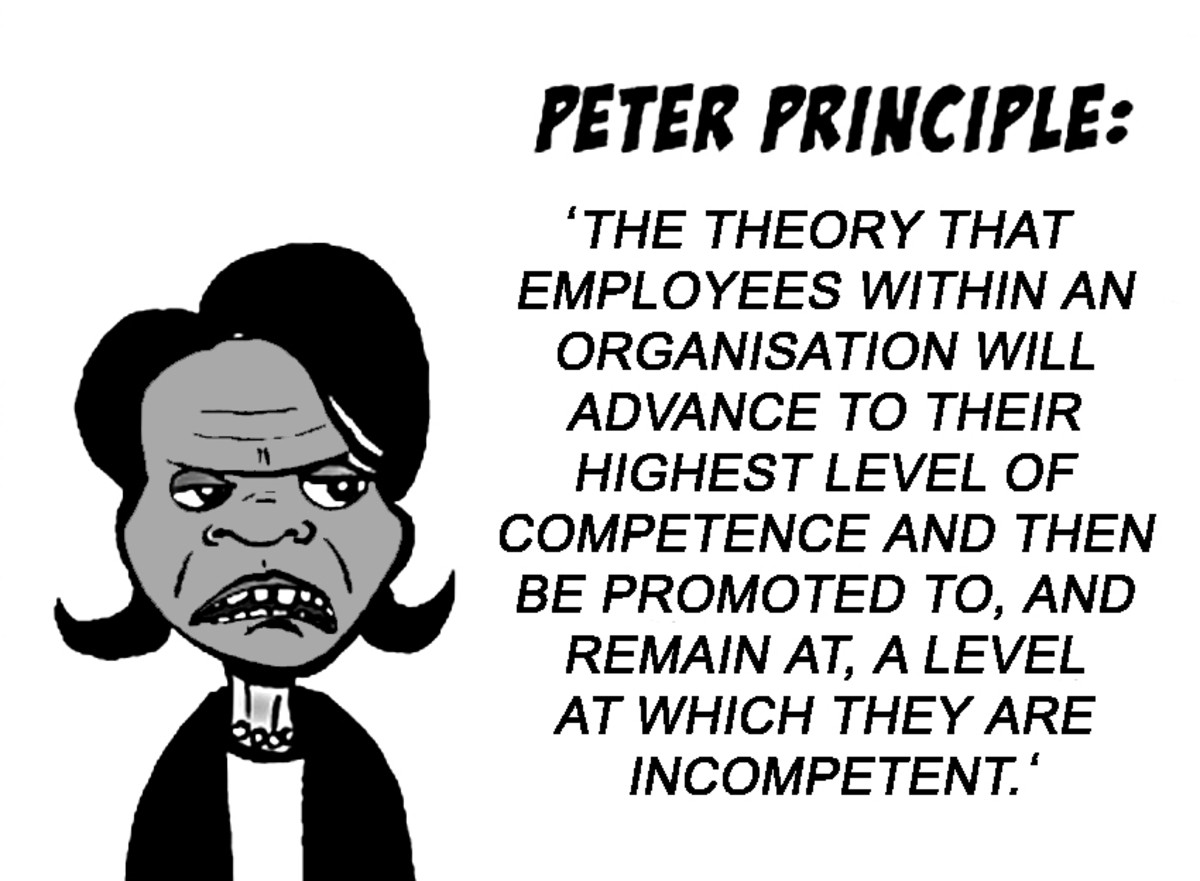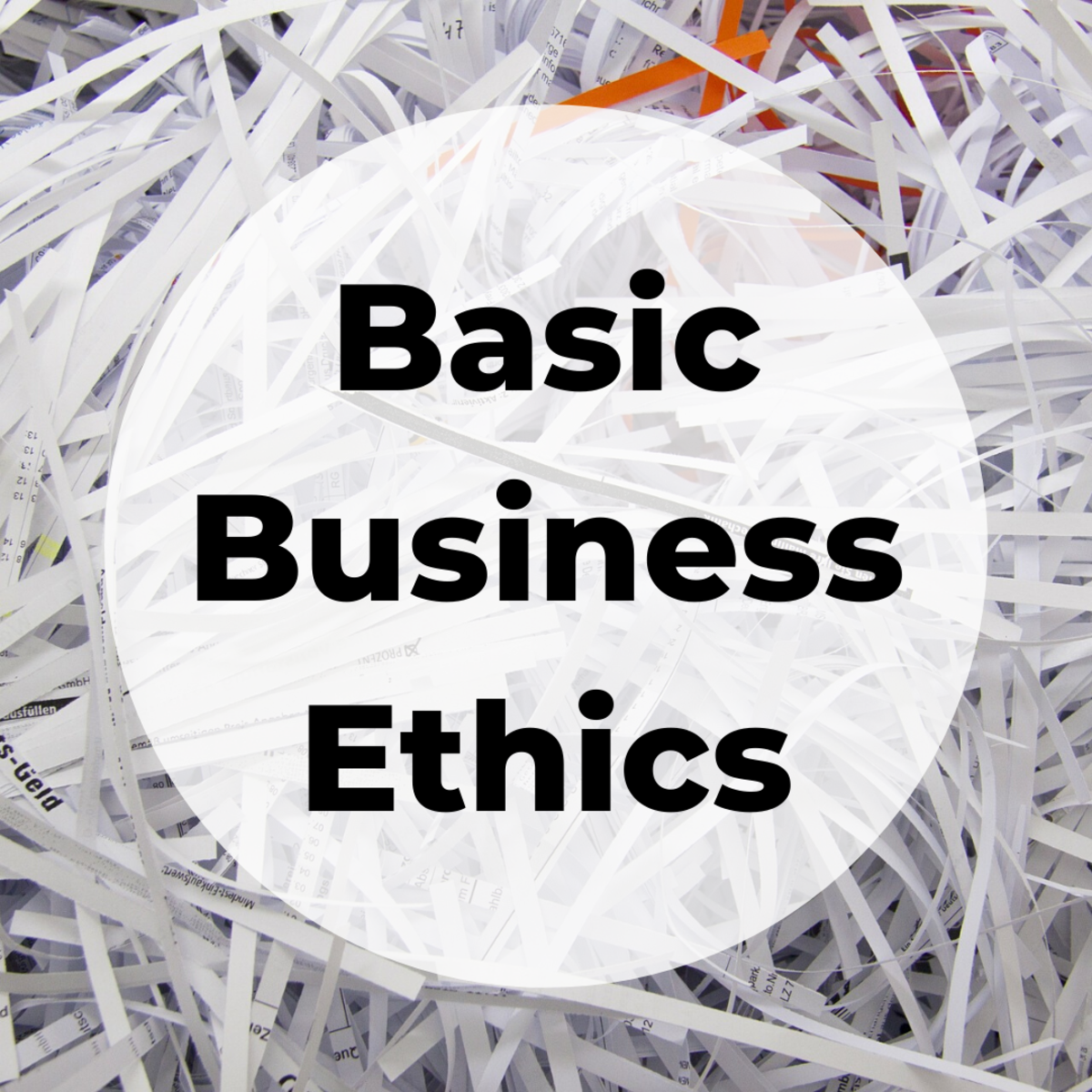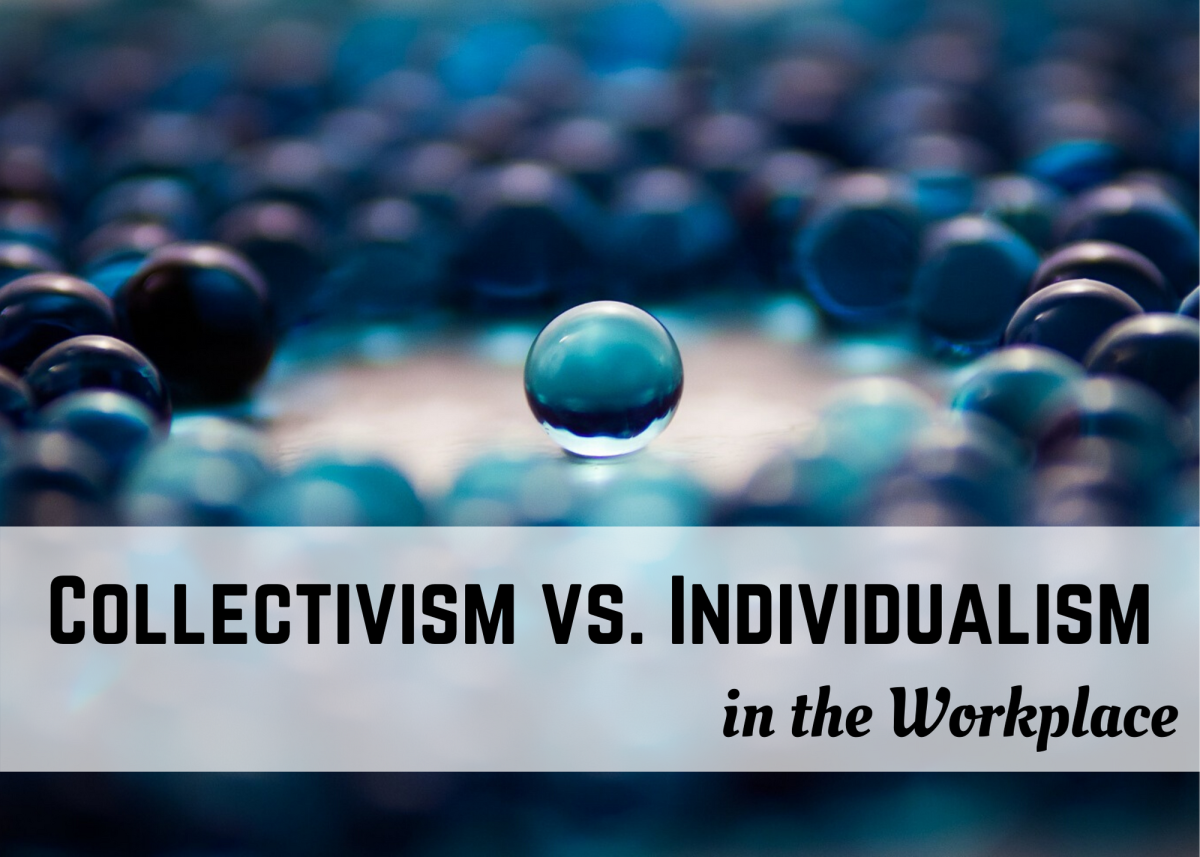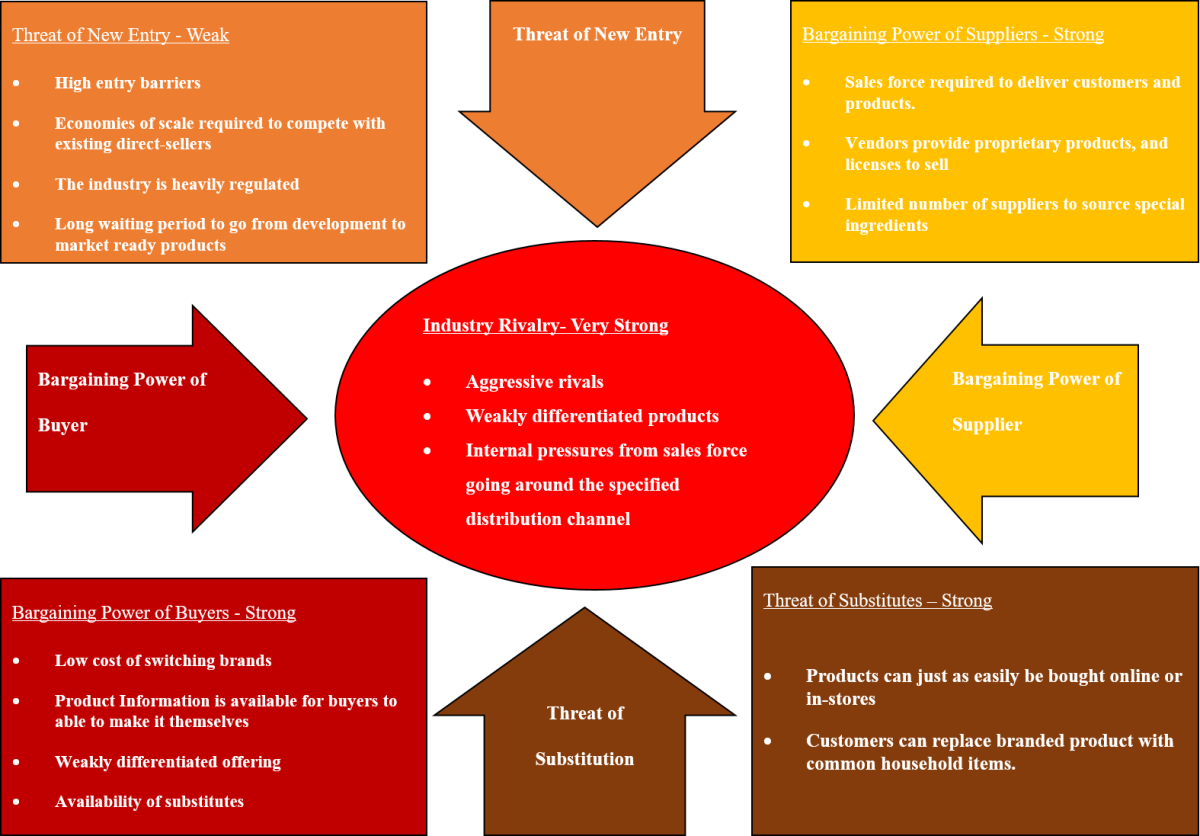Business, Company, and Organizational Ethics in Today's Workforce
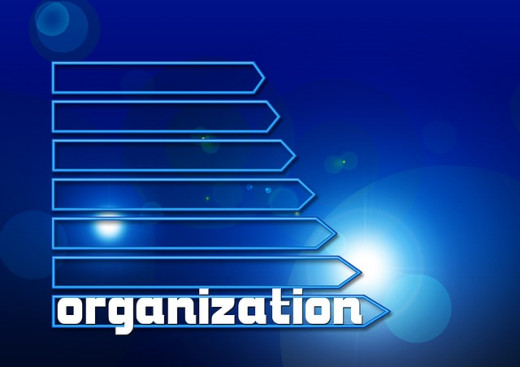
Ethics is the set of moral principles or values that defines right and wrong for a person and/or a business. Business ethics affects the stakeholders who have a vested interest in the ethical performance of an organization. It may involve an employee’s value system clashing with the ethical standards of the company’s culture. In other words, business ethics often entail the application of an employee’s morality to business situations.
Businesses can approach ethics from two distinct perspectives:
A Descriptive summation of customs, attitudes, norms, and rules that are seen within a company
or
A Normative evaluation of the degree to which the observed customs, attitudes, norms, and rules is said to be ethical. In this case, the employee feels more comfortable in recommending what should be happening.

Ethical Formation
Some companies are more dedicated than others in their pursuit of ethical goals. The ones who do a good job in this area are profitable, save money, and are good citizens in the communities where they operate, manufacture, and/or serve.

Actions must be able to meet all of the following conditions in order to be considered ethical:
- Universalizability – When an action is considered to be right only if a person believes that it would be right for every person in a similar situation.
- Respect for Rational Beings – When an action is considered right only if in performing the action, the person does not use others as a means for advancing his or her own interests.
- Autonomy – When an action is morally right, and it respects people’s capacity to choose freely for themselves. People are to treat each other as free and equal in the pursuit of their interests.
The right action to perform in a given situation is determined by these formal criteria rather than by the consequences.

Proactive Steps to Improve Ethics within the Organization:
Companies should start an effective compliance program to encourage ethical behavior before the illegal activity occurs.
Step 1:
| Create a formal code of ethics.
|
Step 2:
| Make sure all employees are fully aware of the code.
|
Step 3:
| Observe employees’ behavior to reward or punish their ethics.
|
Step 4:
| If unethical behavior is occurring, provide an ethics training course.
|
Step 5:
| Periodically provide ALL employees with a thorough ethics training course.
|

How to Improve Ethical Decision Making:
Today, individual and company ethical codes and social responsibility have a deep impact on corporate decisions. According to the principle of long term self interest, an employee should never take any action that is not in the company’s long-term, best self interest.

The importance of ethics affects decision making. Therefore, organizations should further encourage ethical behavior by carefully choosing who they hire, by holding its employees accountable for their behavior, and by creating a solid code of ethics. Besides training, organizations can hold ethical seminars in order to promote and illustrate their position on ethical behavior. Ethical behavior should be presented in an applicable way so as to make a strong impression on the employees attending and learning from the seminars.

Ethical codes should cover offenses enforced by the federal government, such as the invasion of privacy, price fixing, fraud, customs violations, antitrust violations, civil rights violations, theft, money laundering, illegal conflicts of interest, embezzlement, dealing in stolen goods, copyright infringements, and extortion.
The purpose of these federal ethical guidelines is not just to punish companies if they break the law, but rather to encourage companies to take proactive steps such as ethical training courses that will discourage or prevent white-collar crime before it happens. These guidelines also give companies a way to discipline illegal activities by turning the criminal over to federal authorities.
Ethics in Organizations
Ethical Climate and Culture:
An organization’s culture can be defined as the values, beliefs, and norms shared by all of the employees of that organization. The culture represents the sum of all the policies and procedures from each of the functional departments in the organization in addition to the policies and procedures that are established for the organization as a whole. In other words, the culture includes both the micro-environment and the macro-environment.

Ethics are central to most people’s lives, but they are not always easy to define. In the context of management and organizational behavior, ethics are defined as the values and rules that an employee is committed to.
An ethical control system is a system that reinforces the ethical responsibilities of all employees in a company. A high-performance organization typically exhibits high ethical standards. A company should work hard to establish an ethical climate for managers in order for them to act ethically themselves.

The first step in establishing an ethical climate is for managers to be a good example to their subordinates. The second step is for management to be active in and committed to the company ethics program and to rally its staff to be the same way. The third step is to put into place a reporting system that encourages managers and employees to report ethical violations.
The Importance of Organizational Ethics:
One reason for acting ethically includes the ability to be more productive at work. Those with personal values and ethics that are aligned with their work are more productive than people whose ethics and work are not aligned. Staying true to one’s personal ethics allows an employee to make more potent contributions to the organization. This means standing up to others when a business process or practice seems to be unethical.

In situations where employees have courage and follow their ethical principles, they should be praised by management. Following one’s ethical principles includes “blowing the whistle” on unethical practices or other employees in the organization.
Personal Ethics Illustrated in Organizational Ethics:
Ethical behavior should be the same both inside and outside the office. Personal ethics should be applied in the workforce. It is important to identify what situation your personal values may be placed in direct conflict with the standards of behavior you feel are expected of you by your employer. Employees should know their boundaries.

Employees face the dilemma of balancing their own moral standards with those of the company they are working for. Some people believe that ethics involve a superficial environment where the rules of their life do not apply to their work atmosphere.
The Encouragement and Punishment of Ethics:
Ethical characteristics can be seen in a variety of ways, such as the amount of encouragement one individual offers another in the organization and how well they align with the organization’s mission.

Wisdom is provided by an individual’s past experiences and affects the ability one has to solve problems. External influences can affect an individual's wisdom, an individual’s knowledge to know the difference right and wrong, and an individual’s integrity. Values clearly affect an individual’s ethical behavior, which ultimately affects the organization. Therefore, organizational behavior is directly linked to the experiences and cultures of the individuals in the organization.
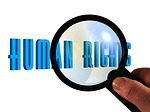
Ethical guidelines impose smaller fines on companies that take proactive steps in order to encourage voluntarily disclosure of illegal activities to federal authorizes. In order to have ethical behavior before any illegal activity occurs, the company should have started an effective compliance program.
The Fines for Unethical Companies
Judges compute the base fine for illegal activity in a company by determining what level of offense the activity falls under. The level of the offense varies depending on the kind of the crime, the loss incurred by the victims, and how much planning went into the crime.
Then, after assessing a base fine, the judge computes a culpability score, which is a way of assigning blame to the company. The greater the corporate responsibility in conducting, encouraging, or sanctioning illegal or unethical activity, the higher the culpability score. The culpability score is critical, because the total fine is computed by multiplying the base fine by the culpability score.

Rewarding Ethical Behavior:
The threats of punishment should be balanced with promised rewards for successful behavior:
- Celebrate examples of good ethical behavior in your company newsletter.
- Award prizes for ethical behavior and let the employee choose the reward.
- Award prizes for new and creative ideas.
- Recognize employees who represent the standard of behavior to which you are committing.
- Declare an Ethics Day and allow every department to share their success.
Ethical Behavior
Do you have a way of rewarding ethical behavior in your employees?

Promote Organizational Commitment to Ethical Behavior:
Many companies have learned that aligning employees with the company through a common set of values can be a powerful source of long-term commitment and productivity. An effective way they often achieve this alignment is through a code of ethics or a statement of corporate values. Organizations should measure, track, and enhance their ethical behavior. They can do this through their hiring process, seminars, and code of ethics.
People want to work for leaders that they trust. Much needs to be done to make the workplace an ethical environment, and most managers and employees want this to happen. Upper management illustrates their desires for an ethical environment by showing in their ethics policy that they plan to do the right thing for all of their stakeholders. For long lasting ethical behavior of its employees, company objectives should be specific, measurable, timely, and attainable.

Ethics are critical to organizations. Being ethical can provide an organization with the opportunity to boost operating earnings, increase their return on investment, and raise their stock price. It also reduces legal costs and the risk of liability. People want to work in an ethical organization; stakeholders want to invest in an ethical organization. Therefore, on the totem pole of priorities, management should seriously ensure ethics is at the top.


